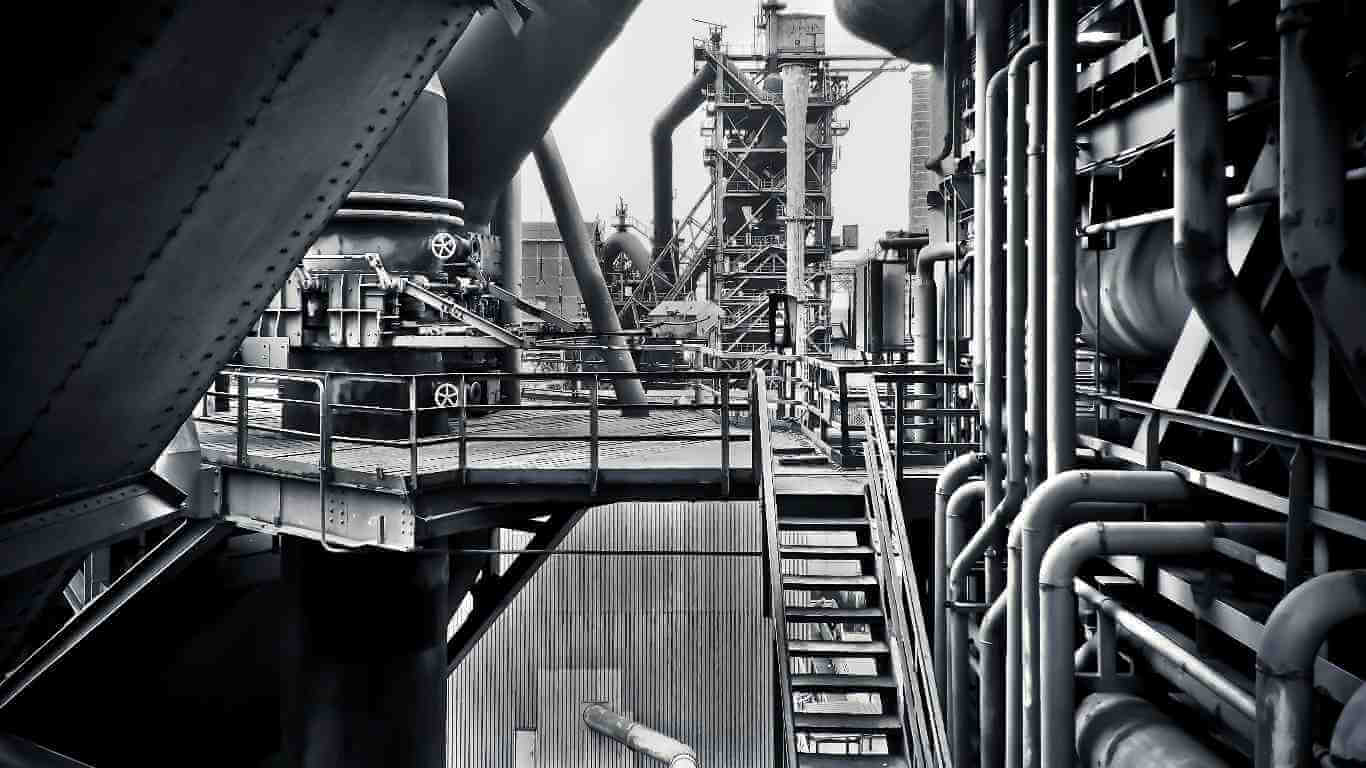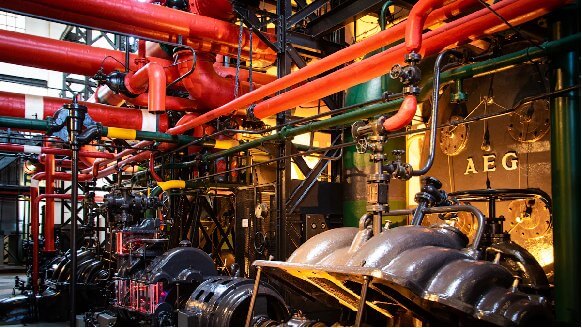Understanding Roll Forming Machines
What is Roll Forming?
Roll forming is a continuous bending operation in which a long strip of sheet metal, typically coiled steel, is passed through sets of rolls mounted on consecutive stands, each set performing only an incremental part of the bend, until the desired cross-section profile is obtained. This process is highly efficient and used extensively across various industries. The precision and ability to create complex shapes make roll forming invaluable.
How Roll Forming Machines Work
Roll forming machines operate by feeding a strip of metal through a series of roller dies, which gradually shape the material. The process begins by unwinding the coil, followed by stripping and flattening the metal. Sequential roller stations then incrementally bend and shape the metal until the final profile is formed. Advanced machines also integrate cutting units to trim excess material and deliver fully finished products ready for use in further applications.
Types of Roll Forming Machines
There are several types of roll forming machines, each designed to handle specific tasks and materials. Some of the most common include:
- Single and Multi-Stand Machines: These machines vary in complexity, from basic models that perform straightforward bends to sophisticated ones capable of creating intricate profiles.
- Nature of Drive: Mechanisms such as chain drive, gear drive, and direct drive provide different levels of precision and control.
- Tooling Variants: Custom roll formers, standard roll formers, and quick-change roll formers cater to different production needs and timelines. By understanding these distinctions, companies can choose the right machine to meet their specific project requirements.
Applications in the Construction Industry

Common Usage in Building Structures
Roll forming machines are indispensable in the construction sector. They are commonly used to manufacture a wide range of building materials such as roofing panels, wall cladding, flooring systems, and structural beams. Because of their ability to produce durable and cost-effective construction components, roll forming machines help streamline building processes and reduce project timelines.
Benefits for Construction Projects
The use of roll forming machines in construction projects offers several significant benefits. Firstly, they enable high-volume production with minimal waste, making them cost-efficient. Secondly, the consistency provided by these machines ensures that each part produced matches the exact specifications, thus reinforcing structural integrity. Finally, the versatility in design capabilities allows architects and builders to implement unique design ideas that might otherwise be difficult to achieve.
Real-World Examples of Use
Numerous high-profile construction projects have leveraged roll forming machines for their building needs. For instance, the cladding system for the Burj Khalifa, the tallest building in the world, involved the use of roll-formed aluminum panels due to their precision and durability. Similarly, many modern stadiums, airports, and shopping malls employ roll-formed steel beams for their frameworks because these components are strong and relatively lightweight. These real-world examples highlight the essential role that roll forming machines play in contemporary construction.
Advantages of Using Roll Forming Machines
Cost Efficiency
Material Savings
One of the primary advantages of using roll forming machines is material savings. By precisely bending and shaping metal strips, these machines minimize waste and optimize material usage. The continuous nature of the roll forming process means that virtually every inch of the input material is utilized efficiently, reducing the need for excess raw material and consequently lowering costs.
Labor Reduction
In addition to material savings, roll forming machines significantly reduce labor costs. Traditional metal shaping methods often require substantial manual involvement, from handling and positioning the material to performing individual bends. In contrast, roll forming machines automate most of these steps, requiring minimal human intervention. This automation results in lower labor costs and reduces the likelihood of human error, further enhancing productivity.
Precision and Consistency
Roll forming machines are renowned for their precision and consistency. Each pass through the rollers ensures that the metal is shaped to exact specifications, resulting in uniform end products. This level of precision is particularly crucial in construction, where the integrity and fit of each component can impact the overall structure. Consistency in production not only ensures quality but also simplifies the assembly process on-site, leading to faster project completion.
Flexibility in Design
Flexibility in design is another notable advantage of roll forming machines. These machines can be programmed to create complex profiles and shapes that would be challenging or impossible to achieve with other methods. Whether it’s intricate roofing patterns, custom wall cladding, or unique structural components, roll forming machines offer vast design possibilities. This flexibility allows architects and builders to innovate and bring creative architectural concepts to life.
Technological Advancements in Roll Forming Machinery
Integration with Automation Technology
The integration of automation technology has revolutionized roll forming machines. Modern machines are equipped with advanced sensors, computer controls, and real-time monitoring systems that enhance precision and efficiency. Automated setups allow for quick changeovers between different profiles and reduce the downtime traditionally associated with manual adjustments. These advancements ensure higher productivity and lower operational costs, making roll forming machines more competitive and effective.
Improvements in Machine Efficiency
Recent technological improvements have significantly enhanced the efficiency of roll forming machines. Innovations like servo-driven rollers and energy-efficient motors have optimized the speed and accuracy of the forming process. Enhanced lubrication systems and wear-resistant materials have increased machine lifespans and reduced maintenance requirements. These improvements contribute to lower operational costs and higher output rates, making roll forming machines even more viable for large-scale production.
Latest Trends and Innovations
The roll forming industry is continually evolving with new trends and innovations. One such trend is the adoption of Industry 4.0 principles, incorporating Internet of Things (IoT) connectivity and sophisticated data analytics to monitor and optimize machine performance. Additionally, manufacturers are developing roll forming machines capable of handling high-strength steel and other advanced materials, broadening their application scope. These innovations ensure that roll forming machines remain at the forefront of metal shaping technology.
Selecting the Right Roll Forming Machine for Your Project
Key Considerations for Purchase
Selecting the right roll forming machine for your project involves carefully evaluating several factors. Understanding your specific needs and matching them with the capabilities of different machines can significantly impact the success of your construction project.
Capacity Requirements
Capacity requirements are a critical consideration. You need to assess the volume of production required and the complexity of the profiles you aim to create. Machines with higher capacity and more sophisticated control systems are better suited for large-scale projects or complex shapes. Accurately determining your capacity needs ensures that you choose a machine that can handle the production load without unnecessary costs.
Customization Options
Customization options are another vital factor. Depending on your project, you may need specific tooling or modifications to the machine to produce unique profiles. Some manufacturers offer bespoke solutions, allowing for tailored roll forming setups that precisely match your design and functional requirements. Opting for a machine with versatile customization options can provide you with a significant edge in achieving distinct architectural elements.
Maintenance Needs
Understanding the maintenance needs of the roll forming machine is essential for long-term operational efficiency. Some machines are designed with easier access to components and fewer moving parts, reducing the time and cost associated with maintenance. Regular maintenance schedules and availability of spare parts are also important considerations to ensure minimal downtime and prolonged machine lifespan.
In addition, you must learn to choose a trustworthy brand.
XINBO’s Roll Forming Machines are known for their efficient production capabilities. With nearly 140 advanced extrusion production lines and 48 efficient assembly lines, XINBO is able to export over 8000 containers annually. These machines are designed to streamline the roll forming process and ensure high-quality output. XINBO’s commitment to efficient production is evident in our state-of-the-art equipment and impressive export numbers.
In conclusion, roll forming machines play a pivotal role in the construction industry by enabling the efficient, precise, and flexible production of essential building components. Understanding their operation, benefits, and the latest technological advancements helps industry professionals make informed decisions and leverage these powerful tools effectively. As technological and sustainability trends continue to evolve, roll forming machines are poised to become even more integral to modern construction practices. By staying abreast of these developments, companies can ensure they remain competitive and innovative in an ever-changing industry landscape.


 Spanish
Spanish









